The organic food section is overlooked in the grocery store constantly. I mean, the food looks the same and tastes the same, right? Is organic food really better for you? If you sat there and tasted a normal chicken breast and an organic chicken breast they would probably taste the same. You would also probably feel the same right after. This has got to be just some fancy green and brown packaged food for rich people to buy.
I didn’t understand the hype behind organic food for a long time. The thing is, you won’t see immediate benefits. It’s basically all about how much priority you put into what you eat. Do you like chemicals, unnatural hormones, and pesticides? If you do get the regular stuff. If you want to eat things how it’s supposed to be grown, then get organic.
The term “organic” is thrown around as some fancy word that only rich people can afford to use when they go shopping. Then we call the other foods “normal”. The thing is, “organic” is normal. It’s basically how our food is meant to be grown.
The other foods that we consider “normal” are all chemically enhanced to grow faster and bigger so that our massive population can be fed for a descent price. The downside is that those foods come with less nutrients and more chemicals that aren’t supposed to be there.
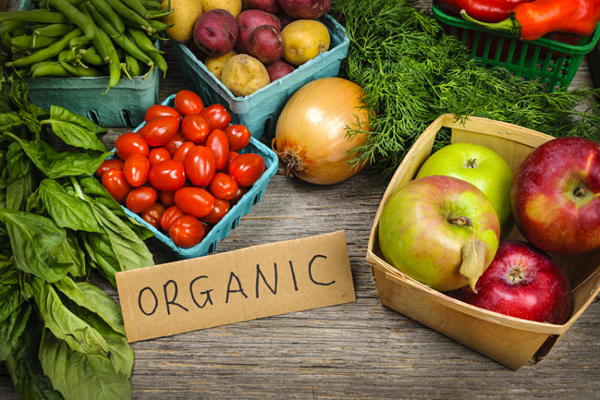
What’s The Difference
Well, organic foods are highly regulated. The fruits and veggies contain no pesticides left over from the farming process. Traditional farming methods use pesticides to keep fungi and insects off of the crops. The problem is that the pesticides remain on and in the produce when you buy it. Our bodies gradually build up these chemicals and it can cause problems in the long term. Pregnant women, children and fetuses are most vulnerable. Fetuses and children don’t have built up immunity yet. And pregnant women are already under high stress.
The farmers who grow organic crops use different techniques to keep pests from bothering their crops. Because no chemicals are used during farming, the soil is not depleted of minerals. Soil plays a significant role in how nutrient rich the crops will be. Traditional methods deplete soil of nutrients. Organic farming uses techniques like crop rotation to keep the soil fresh.
Organic farming methods are better for the environment. Without the chemicals there is less water, air, and soil pollution. The animals in the environment benefit from that as well. Even the farmers who harvest the food benefit from not being around the chemicals and pesticides.
Animals aren’t fed hormones or kept in cages like other mass producing animal farms. Organic animals have to be fed grass or organic foods and allowed to roam outside freely. If you buy traditional meat the animal was most likely cooped up in a cage all its life and pumped with GMO’s (Genetically Modified Organisms) and hormones to make it grow faster. Next time you go to the grocery store compare an organic chicken breast to a traditional chicken breast. I guarantee that the organic one is almost half the size. That’s how big it’s supposed to be. Chickens don’t get that big without chemical and genetic enhancement.
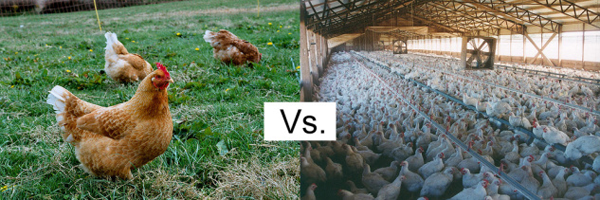
Take your pick. Which one looks healthier? Chickens who are cooped up and mass produced in a conveyor belt-like fashion will not produce the best meat or eggs. You can consider it animal cruelty, but that is just a whole different topic. Meat is not the only thing at stake when you’re dealing with chickens. Eggs are a popular food that is also affected. Organic eggs are produced by naturally raised chickens.
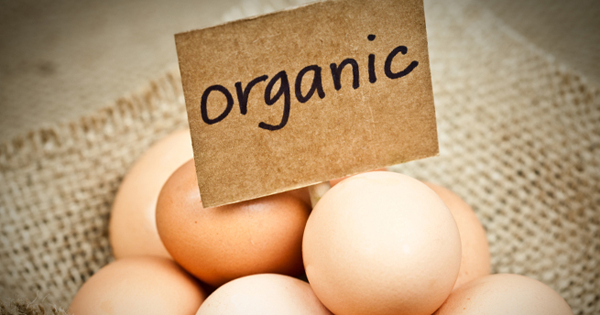
Why Is It More Expensive?
Farmers who grown organic crops and animals have to work much harder. The pesticides and growth hormones are used to make the farming process easier so that more food can be produced at a lower cost. Organic farmers have to remove weeds and pests without the chemicals. They also have to rotate crops and use natural fertilizers to keep the soil rich.
Raising organic animals costs more as well. You have to have more land for the animals to roam and graze on. The way that they feed the animals is much higher quality, but that costs more too. The farmers don’t just mass produce the animals like a factory. It’s just over-all much more humane and higher quality.
How Can I keep The Price To A Minimum?
The first thing to do is go shopping around. The prices may not all be the same. Get out of your comfort zone and take a look at several different stores.
Find a local farmer’s market where you can get the produce straight from the farmer. If you cut out the middle man (grocery stores) then the price will go way down.
Buying things that are in season generally knocks down the price. When there is more of something, then it’s usually cheaper. It’s the law of supply and demand. We won’t make it too complicated. Just look up whatever is in season and buy that!
How Do I Know When Things Are Organic?
You’re going to have to read the labels on things and get used to reading the ingredients. Most organic labels have a green and brown circle on them with the letters USDA, similar to the figure below.
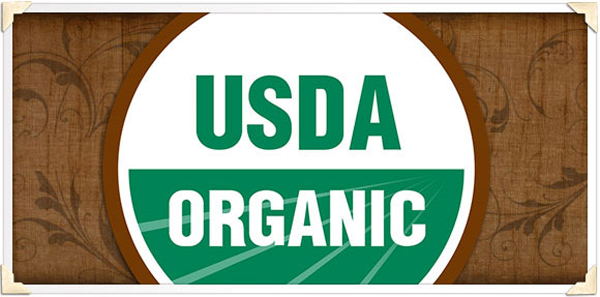
There are also some label phrases that you might want to get familiar with:
- 100% Organic – The food is completely organic and made with all organic ingredients.
- Organic– The food is made with at least 95% organic material.
- Made With Organic Ingredients – This food contains at least 70% organic content. It will also not have the USDA seal on it, but it may have a list of organic ingredients.
- Contains Organic Ingredients – The food has less than 70% organic content and also won’t have the USDA label. It might have a list of organic ingredients.
- Natural – The food can’t have food coloring or any artificial preservatives, but it still can have growth enhancing chemicals in it. Raw meat, for example may have this on the label.
- Grass Fed – This meat tends to be healthier, and leaner. The animals that are grass fed have access to the outdoors so they can run around. They are also, like the label says, grass fed. The meat usually has healthier fats like omega-3.
- Free Range – This label technically means that the animals were able to roam outside, but the tricky part is knowing how much room they really got. Sometimes the number of animals can be pretty high, so they still don’t have much room to move around.
- No Hormones Added – When the label says this it means that the animals were not given anything to make it grown unnaturally.
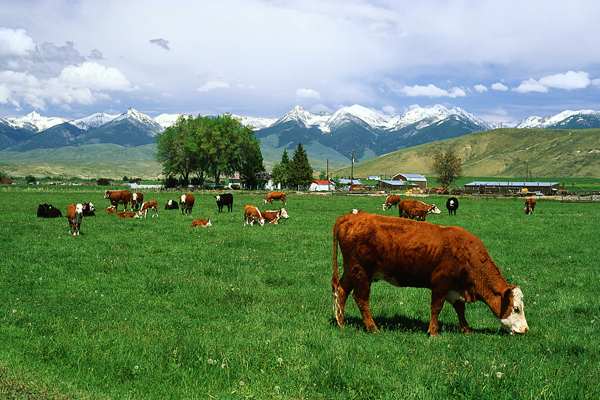
Making choices in the grocery store can be kind of complicated. With all the choices and different labeling it can be hard to pick out the stuff that’s really better for you. Next time you are out getting the food for your grocery list, take the time too look at labels and see what’s really in your food. Don’t just go by pricing. Organic food is really better for you. It’s grown and raised closer to how it is meant to be. Not like a factory that just cranks out food as fast as it can. Hold your food to a higher standard and make sure you’re getting the best quality.
I hope you learned the basics about organic foods and how it can be better for you. Even if the nutrition content is similar, not ingesting all those chemicals and hormones is better for your body in the long run. It may save you some doctor visits later on in your life. If you liked this article please take a few seconds to share this on facebook. You may also be interested in 6 “Healthy” Foods That Will Trick You.
 About Adam Pegg
About Adam Pegg



